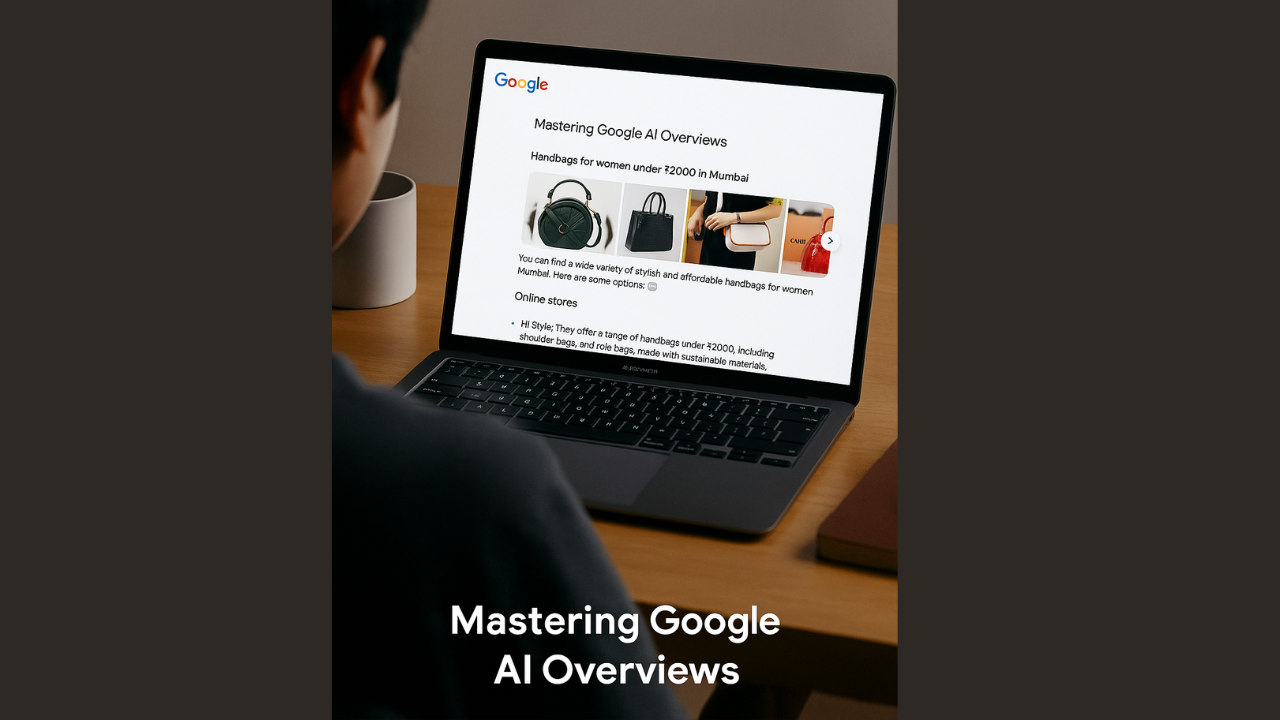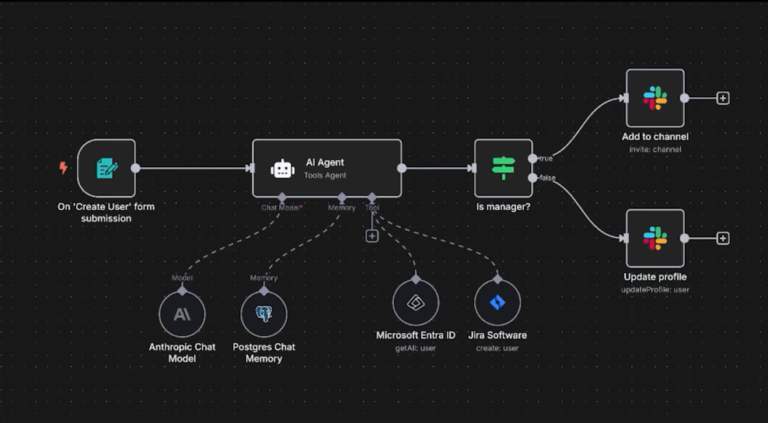Google’s AI Mode is an advanced search experience that goes beyond links to deliver curated, conversational, and highly contextual answers. It draws from multiple trustworthy sources, performs dozens of behind-the-scenes sub-searches, and provides comprehensive answers in real time.
Instead of showing a list of websites, it simulates a research assistant that summarizes and synthesizes answers based on user intent.
Meanwhile, Google’s AI Overviews — formerly known as SGE (Search Generative Experience) — offer a more streamlined, preview-style summary experience. They are actively changing how users interact with search engines. While most users are still getting used to it, marketers who understand and adapt early will have a massive advantage.
Think of it as having a research assistant who instantly:
Reads multiple articles
Picks out key points
Summarizes them
And presents the answer in a clear, helpful tone
This isn’t just a UI change. It’s a shift in how information is discovered and trusted online.
How to Use Google AI Mode
Go to searchlabs.google.com
Enable “AI Overviews” (available only in selected regions)
Try this example query: Best phones under ₹30,000 for gaming in India
You’ll see a summary box on top of the search results—often with product comparisons, features, and links.
What We Observed After Using It
After experimenting with AI Mode and studying Umar Tazkeer’s breakdown, here’s what stands out:
Long-form, question-based queries perform better
It picks content with structure — bullet points, headings, FAQs
Schema markup and author credibility (EEAT) increases visibility
It summarizes content from pages that are clear, helpful, and aligned with searcher intent
AI Mode vs Traditional Search: What’s the Difference?

Why AI Overviews Matter More Than Ever
Google is no longer just a search engine — it’s becoming an answer engine. AI Overviews aren’t just summaries — they are replacing the decision-making moment in search.
In fact, nearly 50% of all searches are informational, and AI Overviews appear on over 45% of those queries. That means half the time, users are getting answers without clicking on any traditional result.
If your brand isn’t being cited in that summary, you’re invisible.
This shift means that ranking on page one is no longer enough. Visibility now depends on whether Google’s AI sees your content as worthy of summarizing.
For marketers, this is a game-changer. Your goal isn’t just to rank — it’s to become a trusted source.
Why Marketers Should Care (Opportunities & Risks)
AI Overviews are already appearing on 45%+ of informational queries. If you’re not being cited in the AI box, you may be invisible to half your audience — even if you rank on page one.
This creates a powerful new opportunity:
Build topical authority
Be the cited source, not just a result
Become visible in zero-click searches
But the risk is real:
Traditional SEO tactics won’t be enough
You could lose visibility and traffic if your content isn’t AI-ready
Real-World Example: How AI Mode Can Help You Get Customers
I recently tested Google AI Mode by searching for “multi-use bags for women under ₹2000”. After asking that question, AI Mode instantly showed personalized suggestions based on intent—not just brand names, but what kind of bags match multi-use scenarios.
I picked a site from the suggestions and visited it directly. This matters.
Here’s what this means for digital marketers:
More trust from users – AI isn’t just showing links, it’s recommending you
High purchase intent – Users are already in a buying mindset
Faster conversions – If you’re the suggested result, the journey to your product is just one click
Personalized visibility – Your content gets shown based on specific needs, not just rankings
If your brand gets cited in these results, you’re not just showing up—you’re winning trust at the perfect moment in the buyer journey.
Who’s Using Google AI Mode?
Students & researchers (for fast summaries)
Professionals (for decision-making support)
Everyday users (for health, tech, product comparisons)
AI Mode is not just for early adopters anymore. It’s becoming mainstream.
How to Train Google’s AI to Cite You
To get featured in AI Overviews, apply these GEO (Generative Engine Optimization) strategies:
-
Use Long-Tail Queries
-
Target question-style search phrases
-
-
Topic > Keyword Optimization
-
Build content around themes and subtopics, not just keywords
-
-
Add Structure
-
Use bullet points, tables, FAQs, schema
-
-
Build EEAT
-
Add author info, link to your LinkedIn, show expertise
-
-
Format Like Google Summarizes
-
Short paragraphs, headers (H2, H3), highlight benefits/cons
-
We’re entering a time where being recognized is more important than just ranking.
If Google’s AI trusts your content enough to cite it, you win visibility, trust, and leads.
So don’t just optimize for search. Train AI to choose you.
Smart Marketers Stay Ahead
Subscribe to stay in the loop on AI trends, SEO updates, and powerful growth hacks.



